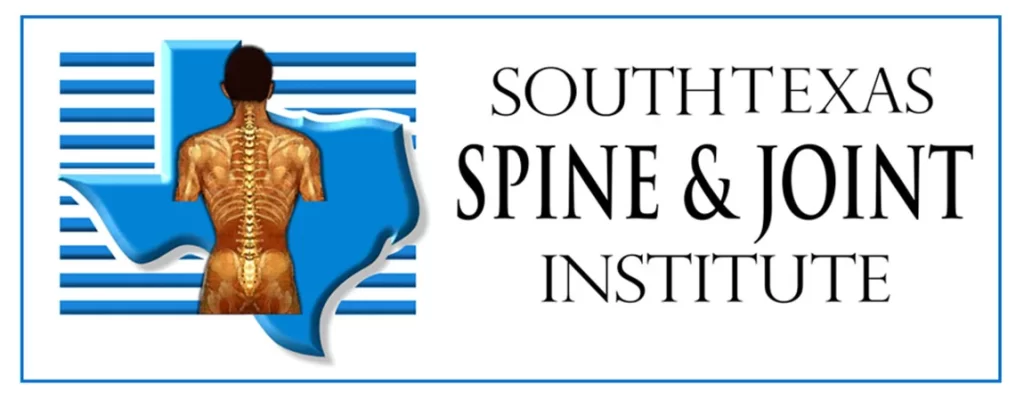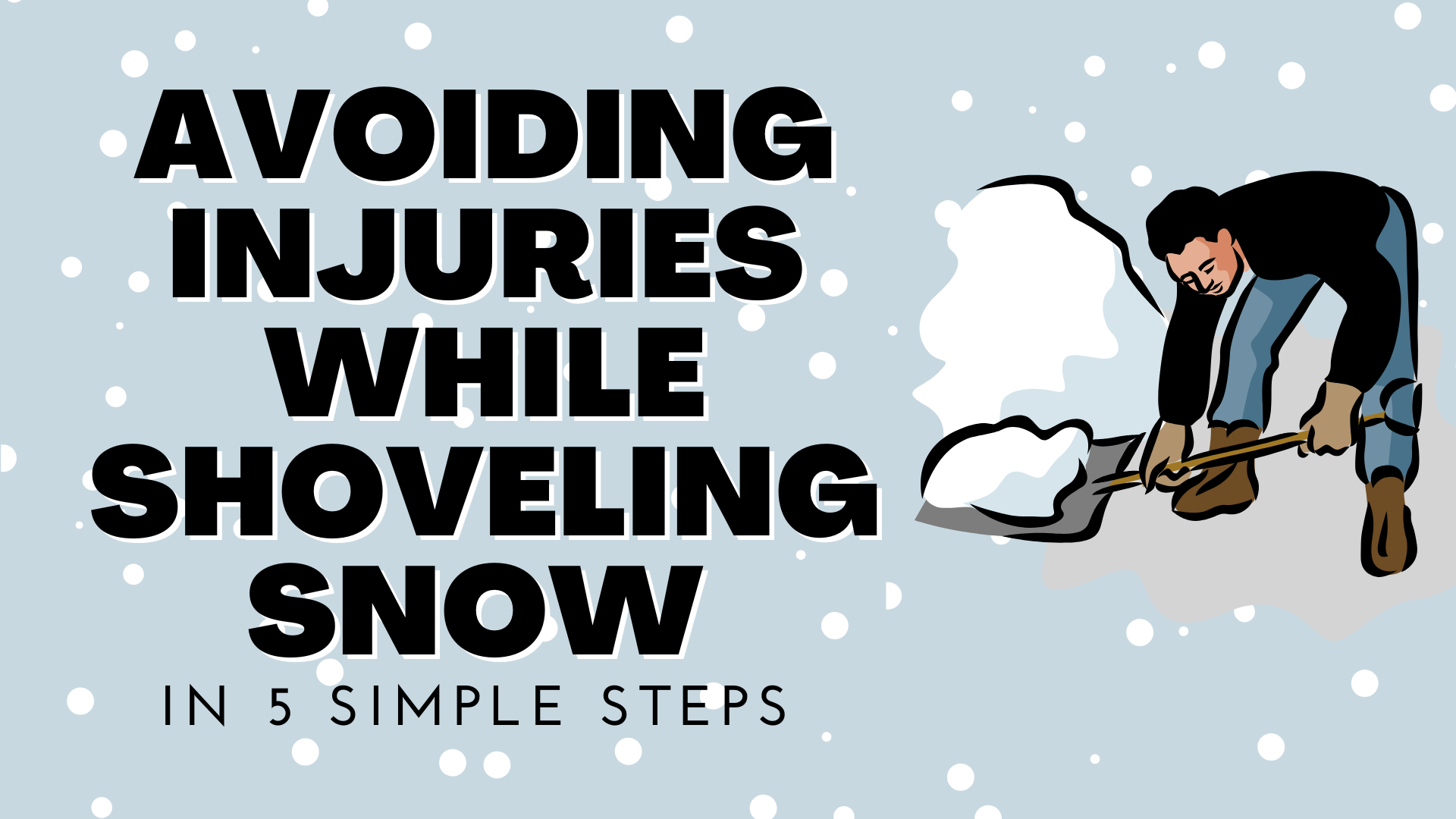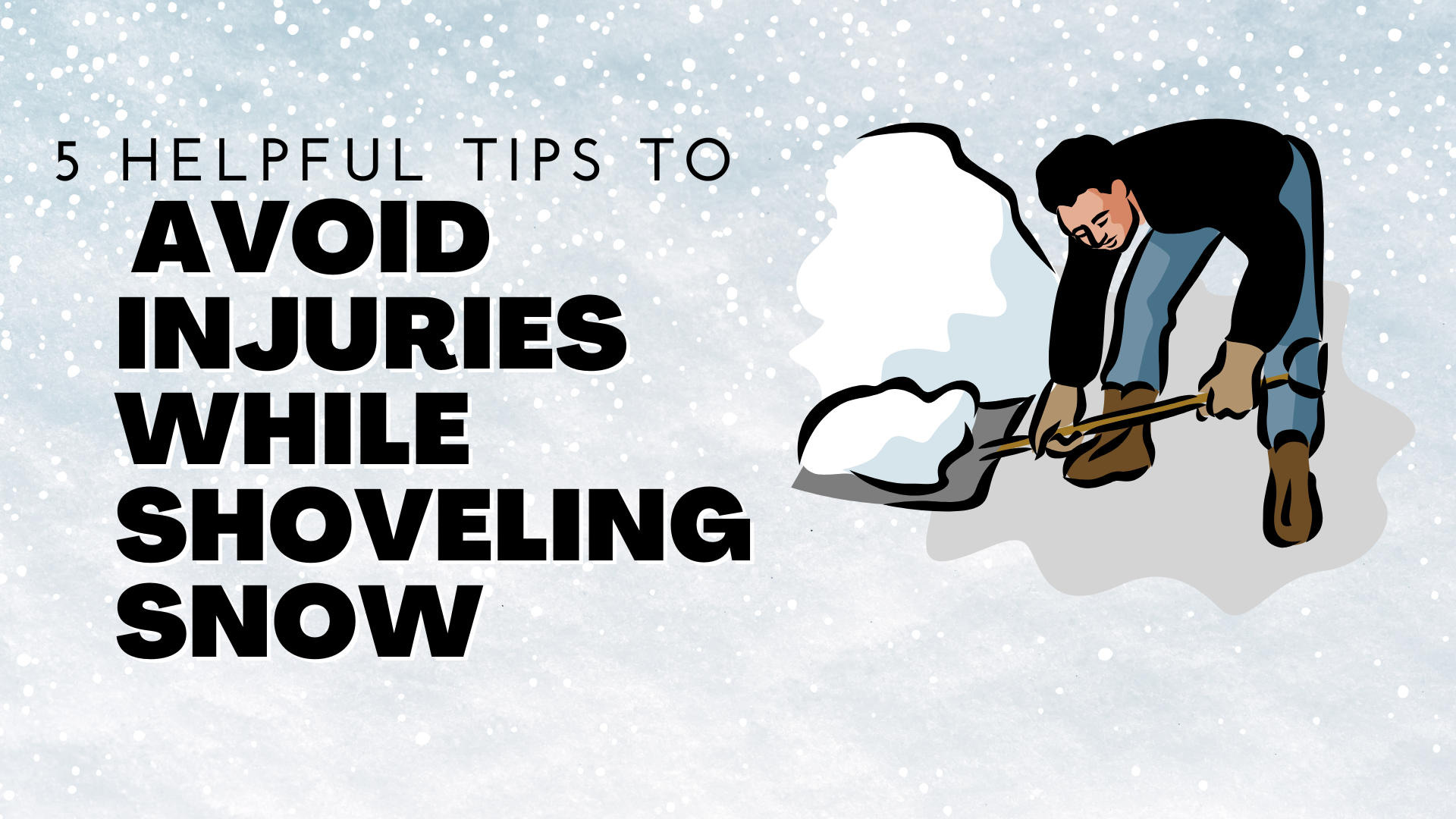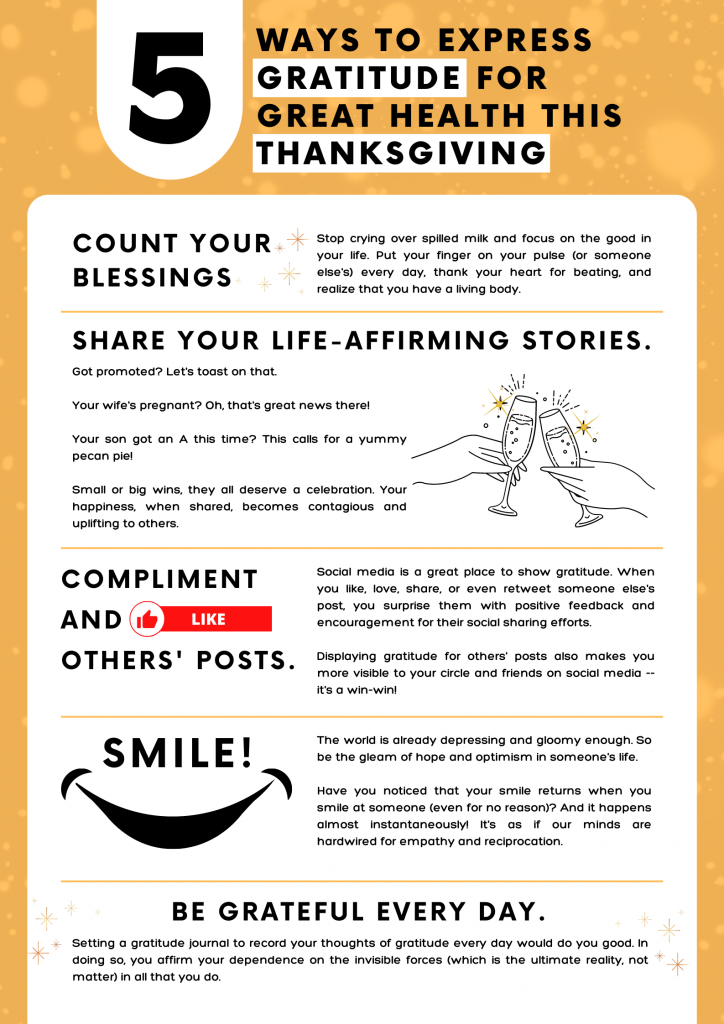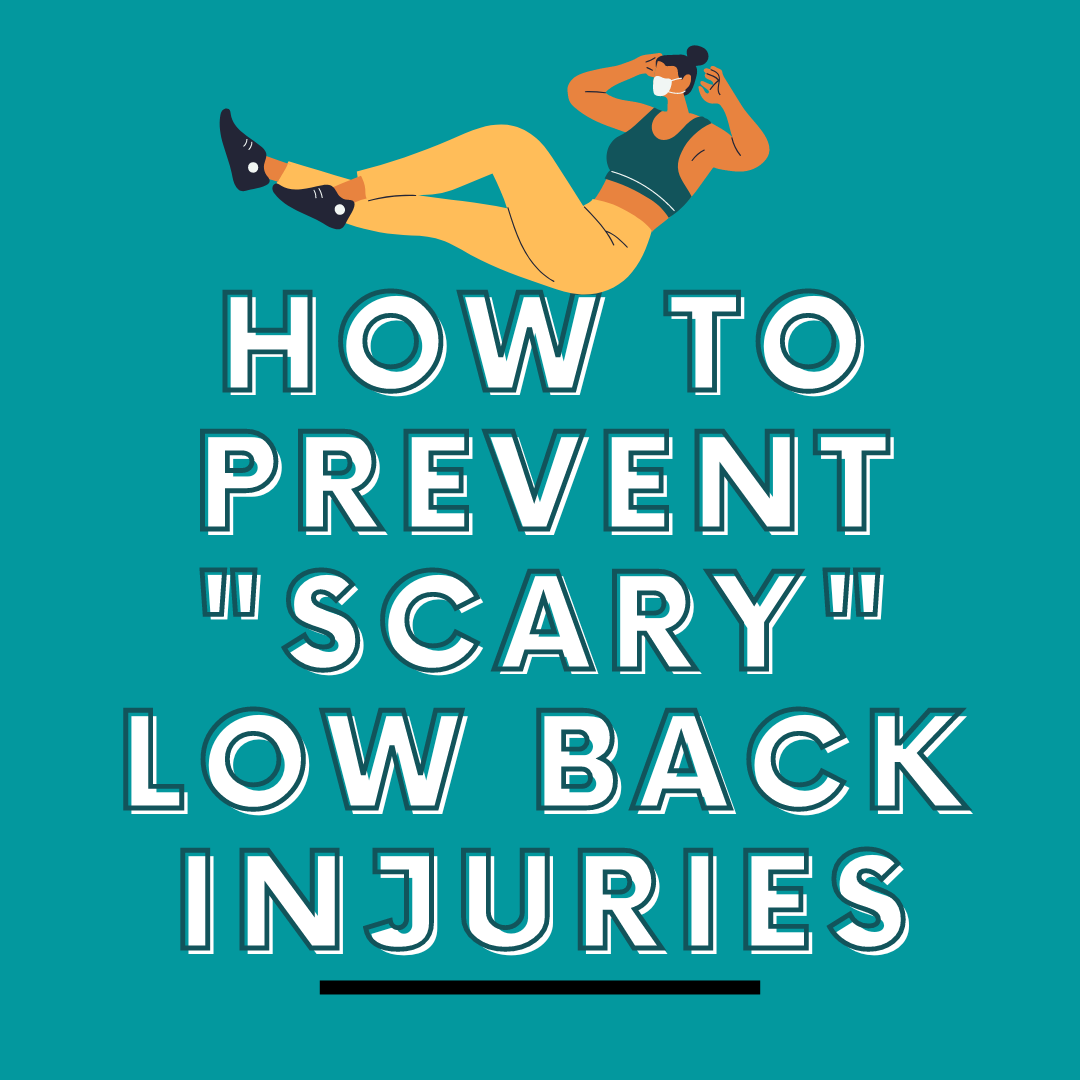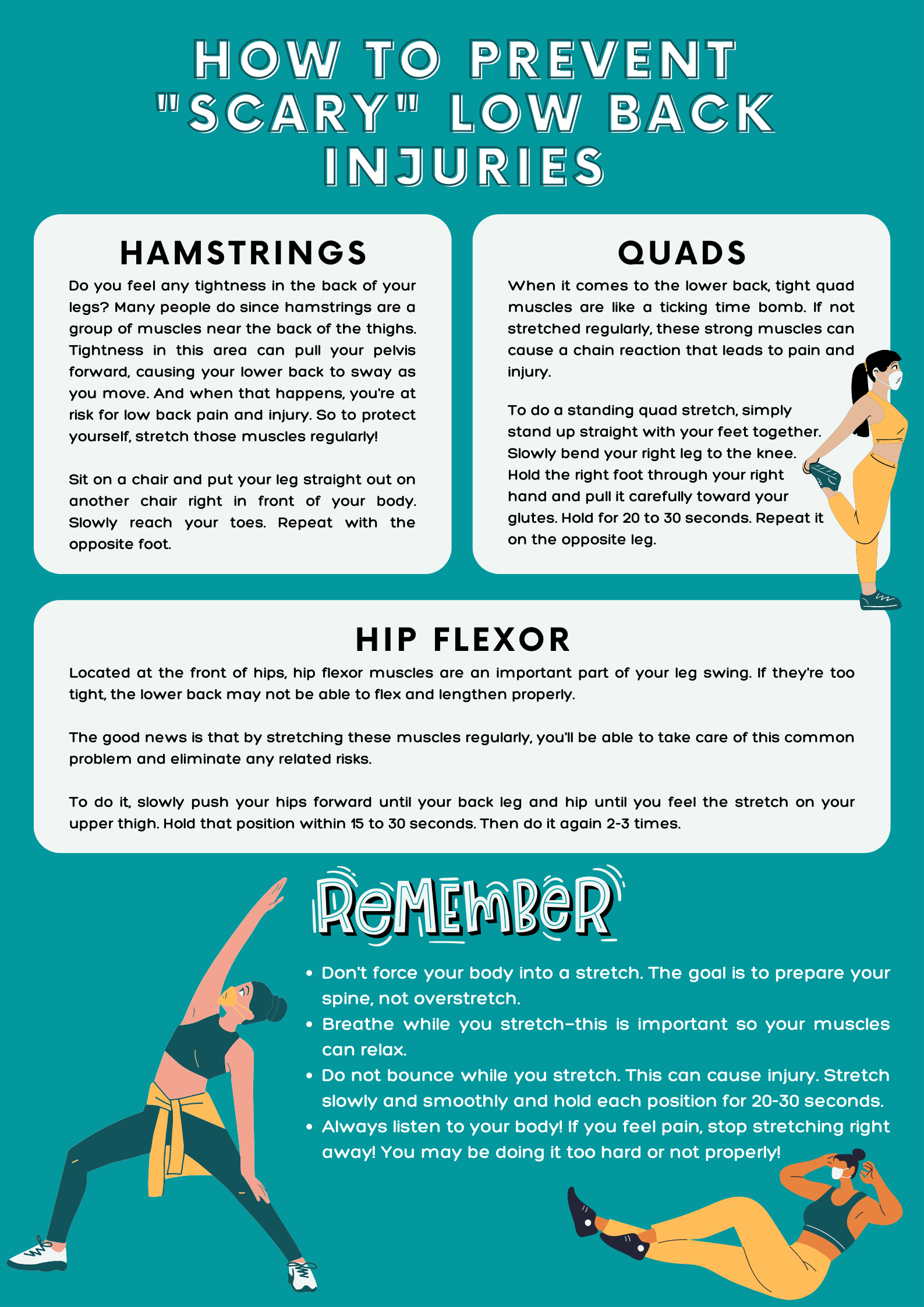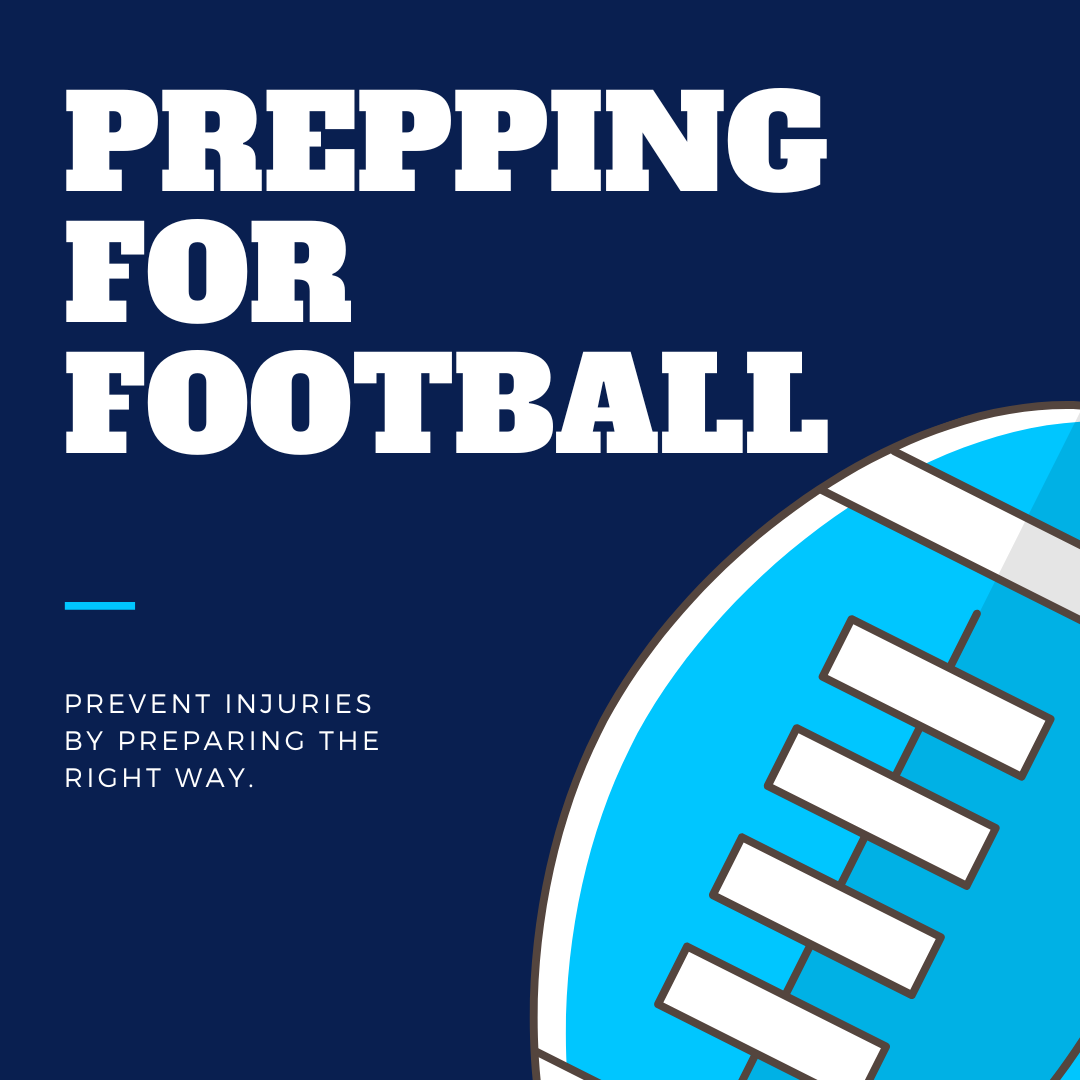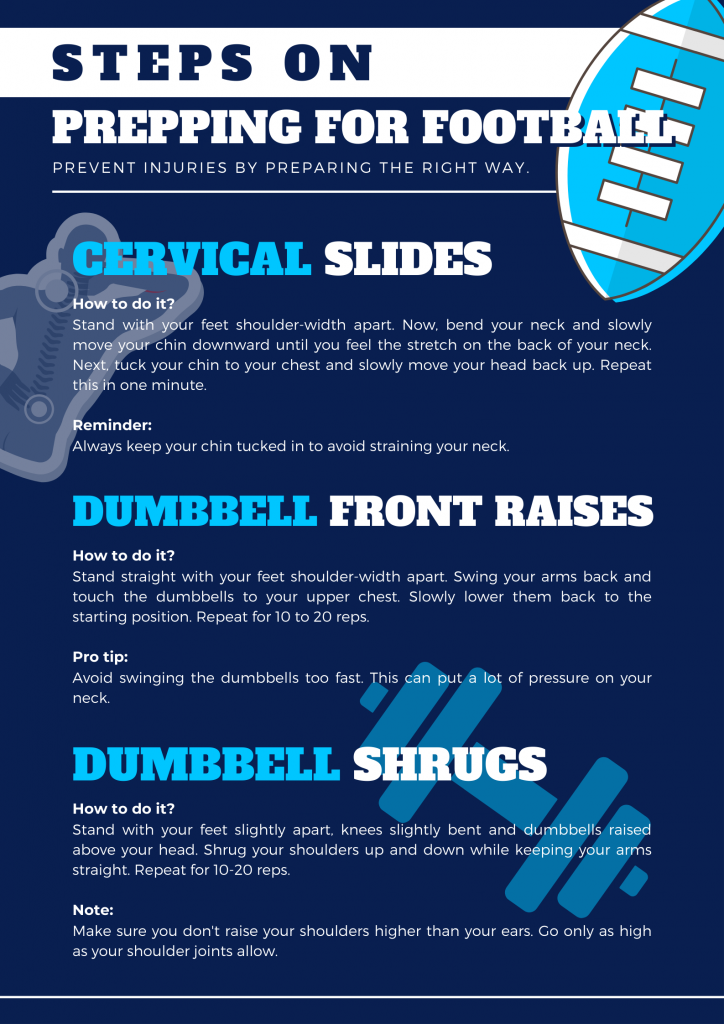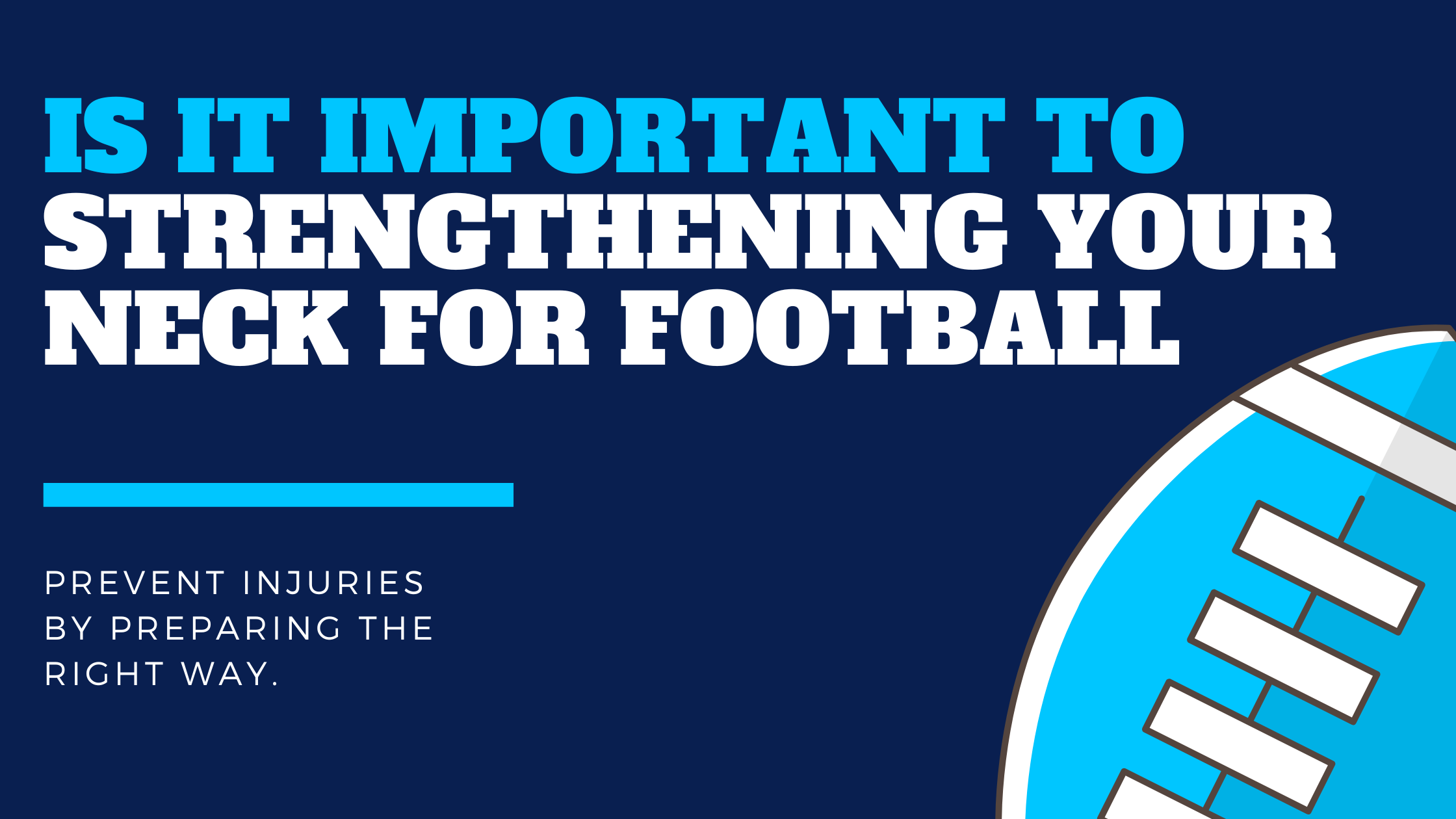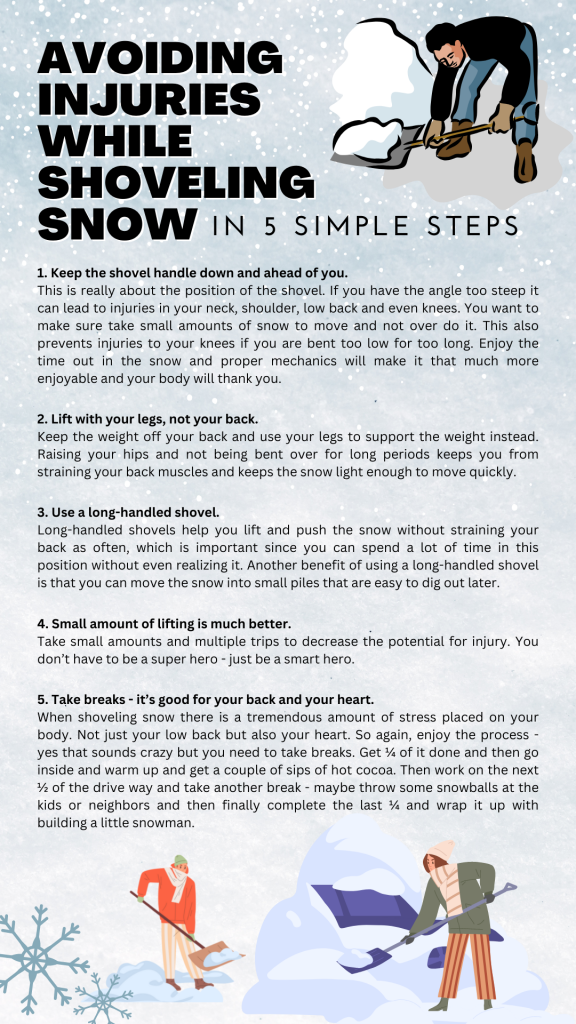
5 Tips for Safe Snow Shoveling – Spine and Joint Institute
Tis the season for snow and ice!
While we typically enjoy the time spent outside in the winter, there are certain risks to take into account during these colder months.
Back strain is one of the most common injuries that people face during snow removal. This is because shoveling involves heavy lifting and bending over for long periods.
Here are a few tips to help ease the strain on your back if you experience back pain during snow removal:
1. Keep the shovel handle down and ahead of you.
This is really about the position of the shovel. If you have the angle too steep it can lead to injuries in your neck, shoulder, low back and even knees. You want to make sure take small amounts of snow to move and not over do it. This also prevents injuries to your knees if you are bent too low for too long. Enjoy the time out in the snow and proper mechanics will make it that much more enjoyable and your body will thank you.
2. Lift with your legs, not your back.
When shoveling, a common mistake people make is bending over to lift the snow and then bending and torquing their backs while in this position. Keep the weight off your back and use your legs to support the weight instead.
Raising your hips and not being bent over for long periods keeps you from straining your back muscles and keeps the snow light enough to move quickly.
3. Use a long-handled shovel.
Snow removal can be time-consuming and tiring for your body. Long-handled shovels help you lift and push the snow without straining your back as often, which is important since you can spend a lot of time in this position without even realizing it.
Another benefit of using a long-handled shovel is that you can move the snow into small piles that are easy to dig out later. Tip if you have a big driveway. Statt a line in the middle to split it into 2 equal parts and then you only have to go from the middle to the edges versus trying to move the entire amount of snow from one side to the other.
4. Small amount of lifting is much better.
As we said earlier, enjoy the time out in the show. Listen to the birds and the snow fall, especially at night and it gives you time to just be with yourself…. and the snow! Remember though we all have busy schedules and you don’t want to try and move it all in one push or one lift – that is how injuries happen. Take small amounts and multiple trips to decrease the potential for injury. You don’t have to be a super hero – just be a smart hero.
5. Take breaks – it’s good for your back and your heart.
When shoveling snow there is a tremendous amount of stress placed on your body. Not just your low back but also your heart. So again, enjoy the process – yes that sounds crazy but you need to take breaks. Get ¼ of it done and then go inside and warm up and get a couple of sips of hot cocoa. Then work on the next ½ of the drive way and take another break – maybe throw some snowballs at the kids or neighbors and then finally complete the last ¼ and wrap it up with building a little snowman.
The breaks will help to not stress the back or the heart and allow you to enjoy the holiday season and snow shoveling season that much more.
The snow shoveling season and especially the holidays do not need to be a grind! Instead, take the time this winter to keep yourself healthy and avoid injuries.
Express gratitude for health
Prevent Scary Low Back Injuries
Steps on Prepping For Football
Strong neck vital for football
Whether it’s the first ever game of your young athlete’s career or the last game of the season, it’s more than essential to ensure they’re ready for action. An athlete’s neck, which is an important yet most ignored body part, should be strengthened before participation in football and even in soccer to avoid potential injuries.
Research has shown that strengthening the neck can:
– Prevent injuries that may occur during contact sports such as football
– Results in an overall increase in speed, agility and strength
– Improve balance, one of the key components of being a successful football player
Through some research we’ve found here are a few neck strengthening exercises that will benefit the student athlete:
1. Cervical Slides
Football requires a lot of bending and twisting of the neck especially during tackline. You can help your child achieve a better posture and a firmer neck with cervical slides.
How to do it?
Stand with your feet shoulder-width apart. Now, bend your neck and slowly move your chin downward until you feel the stretch on the back of your neck. Next, tuck your chin to your chest and slowly move your head back up. Repeat this in one minute.
Reminder: Always keep your chin tucked in to avoid straining your neck.
For better execution, watch this video tutorial: https://www.nfl.com/news/get-ahead-of-the-game-with-these-neck-exercises-0ap3000000602977
2. Dumbbell Front Raises
If you want to enhance shoulder mobility and tone your upper body to take on the forces during tackling or being tackled, dumbbell front raises are your go-to exercise. It also helps strengthen your upper back and the muscles of your neck.
How to do it?
Stand straight with your feet shoulder-width apart. Swing your arms back and touch the dumbbells to your upper chest. Slowly lower them back to the starting position. Repeat for 10 to 20 reps.
Pro tip: Avoid swinging the dumbbells too fast. This can put a lot of pressure on your neck.
Learn how to do it properly here: https://www.youtube.com/watch?v=yXSoDQ7SgTk
3. Dumbbell Shrugs
Usually, this exercise is done with a barbell, but you can also do it with dumbbells.
By practicing shrugs, you’re developing your upper body’s muscles and strengthening your neck. This can even help improve power in the shoulder and elbow joints. In addition, it will allow you to hold your head high, protecting your neck from unnecessary stresses caused by a forward posture.
How to do it?
Stand with your feet slightly apart, knees slightly bent and dumbbells raised above your head. Shrug your shoulders up and down while keeping your arms straight. Repeat for 10-20 reps.
Note: Make sure you don’t raise your shoulders higher than your ears. Go only as high as your shoulder joints allow.
This video tutorial will teach you how to do the shrug properly: https://www.youtube.com/watch?v=llSrlpd7TEE
Better Safe than Sorry
Injuries can happen anytime, so it’s essential to better understand the potential risks that can be caused by injuries and how much time you should dedicate to preventing them from happening.
If you want your child to stay healthy and avoid injuries, take these exercises seriously to help strengthen their neck so they can play at their optimal capacity.
Need help in prepping your young football superstar before the game?
Let us handle that for you. From the pre-game warmup to the post-game cooldown, we’ll ensure that your child is ready to take action when the whistle blows. So contact us today, and let us get you started!
Understanding Carpal Tunnel Syndrome
Do you know that putting strain on your hand or wrist which causes that feeling of numbness or tingling may lead to something serious?
The first clinical practice about this hand nerve weakness diagnosis was in 1854 when most patients presented themselves with motor and sensory complaints in the median nerve distribution of their hands. Then, in 1938, ‘Carpal Tunnel Syndrome (CTS)’ was the term coined by Moersch.
Today, the prevalence of CTS in general population reports ranges from 1% to 10%.
What is ‘Carpal Tunnel Syndrome or CTS’
Carpal Tunnel Syndrome (CTS), also known as median nerve compression, is a condition that causes numbness, tingling, and weakness in your hand.
It happens when a person puts pressure on his median nerve, which runs the length of the arm and then goes through a passage in the wrist called the carpal tunnel, and ends in the hand. Because the median controls the movement and feeling of his thumb and fingers except not typically the pinky finger.
The most common causes of CTS are the burning sensation, tingling, or itching numbness in your hand, weakening feeling when you hold objects, the shock-like sense that moves into your fingers, or that tingling discomfort that moves up to your arm.
One example is when you wake up in the morning and suddenly you feel that numbness and tingling on your shoulder down to your hand. During the day, these symptoms might flare up and distract you from doing your usual activities and routine. In the early times, shaking your hands may ease that sensation, but in some cases, the numbness may not subside or go away.
CTS Risk Factors, Treatment, and Prevention
According to studies, CTS is mostly seen in women. As women have smaller carpal tunnels than men, so they are three times more likely to get it. Also, there are much higher risks for a family member with carpal tunnels, the nature of your job, and often if you experience a fracture or dislocated wrist.
Some diagnoses and test procedures are available like tapping the palm side of your wrist called the Tinel Sign test, or fully flexing the wrist with your arms extended. For doctors to examine your bones and tissues more, imaging tests such as X-rays, ultrasounds, and MRI exams are applicable. Also, electromyogram or nerve conduction studies are the next steps to further examine this condition.
CTS treatment will depend on your symptoms, condition, and progress. With that, you might need to change your lifestyle, exercise more often, immobilization, anti-inflammatory drugs or steroid medication, or have surgery.
Other than that, you may start to keep your wrists straight at all times, use a splint or brace, keep your hands warm, put your hands or wrist in proper position while you work, and take breaks whenever possible.
Ctto: https://pin.it/65IaNbL
Therefore, the early treatments for Carpal Tunnel Syndrome are highly recommended with physical therapy, and a change of lifestyle can help to significant long-term improvement and eliminate its symptoms. While untreated CTS can lead to permanent nerve damage, disability, and loss of hand function.
We are here for you if you need help with CTS – we are just a phone call away.
